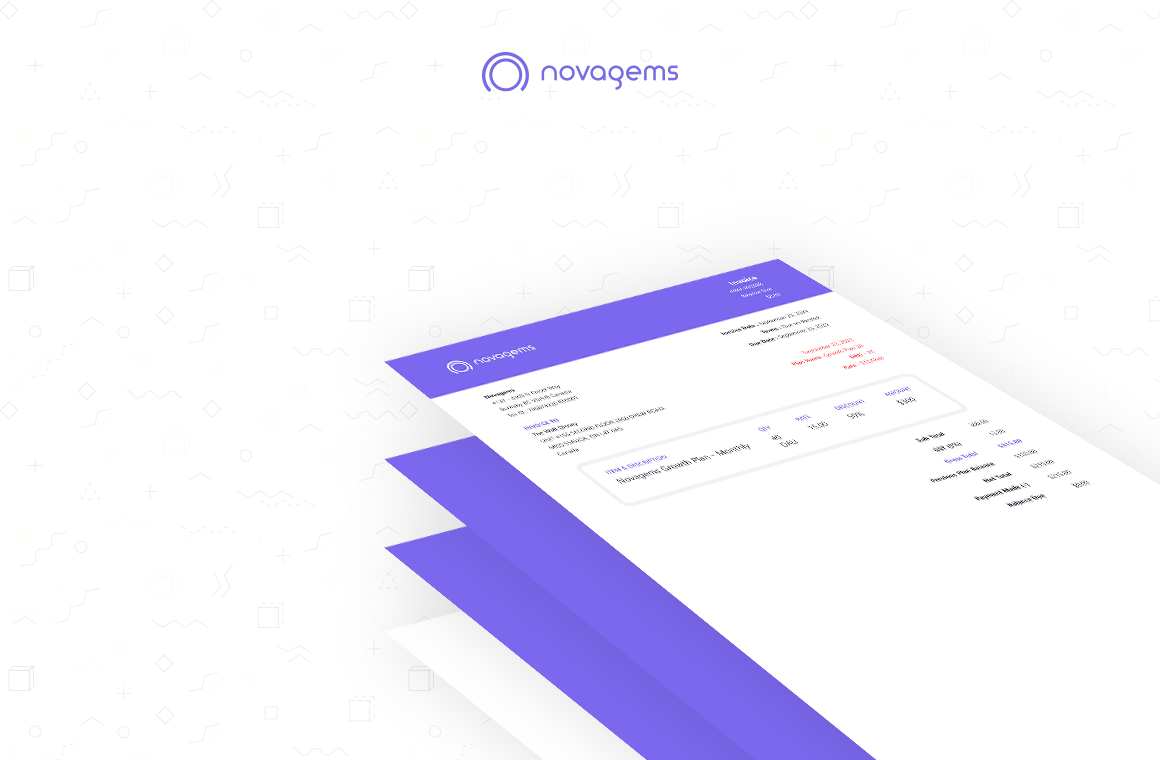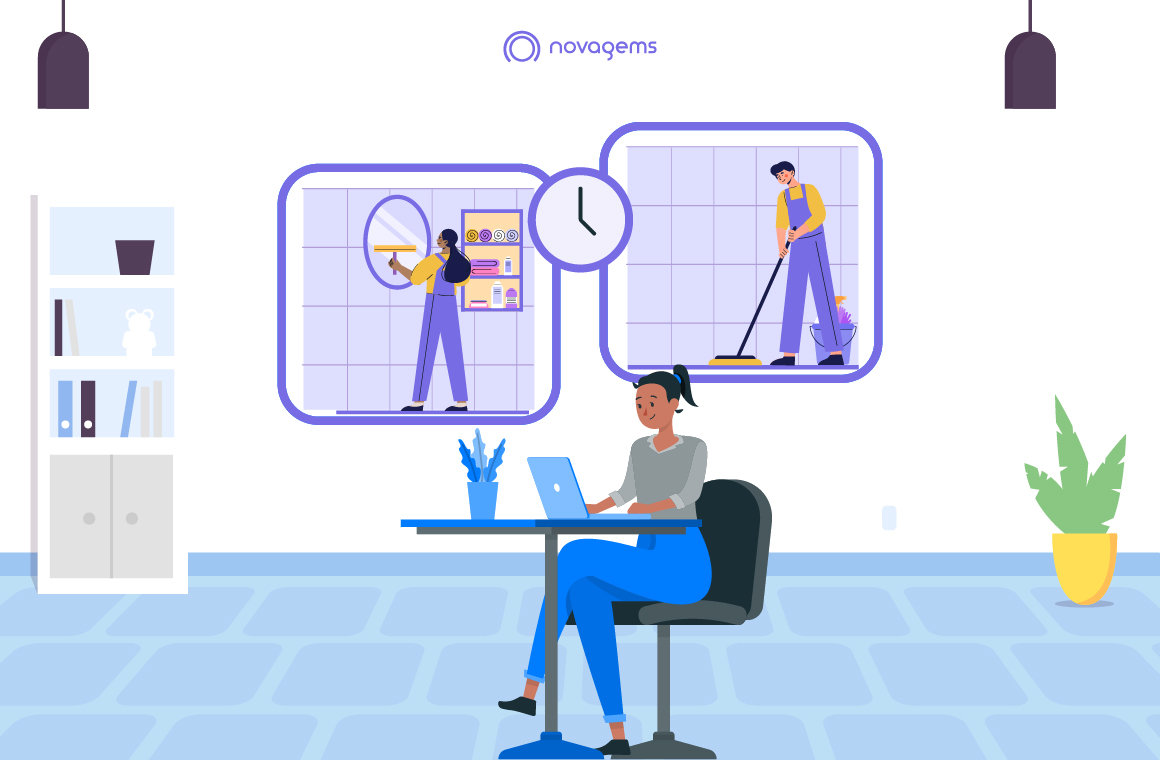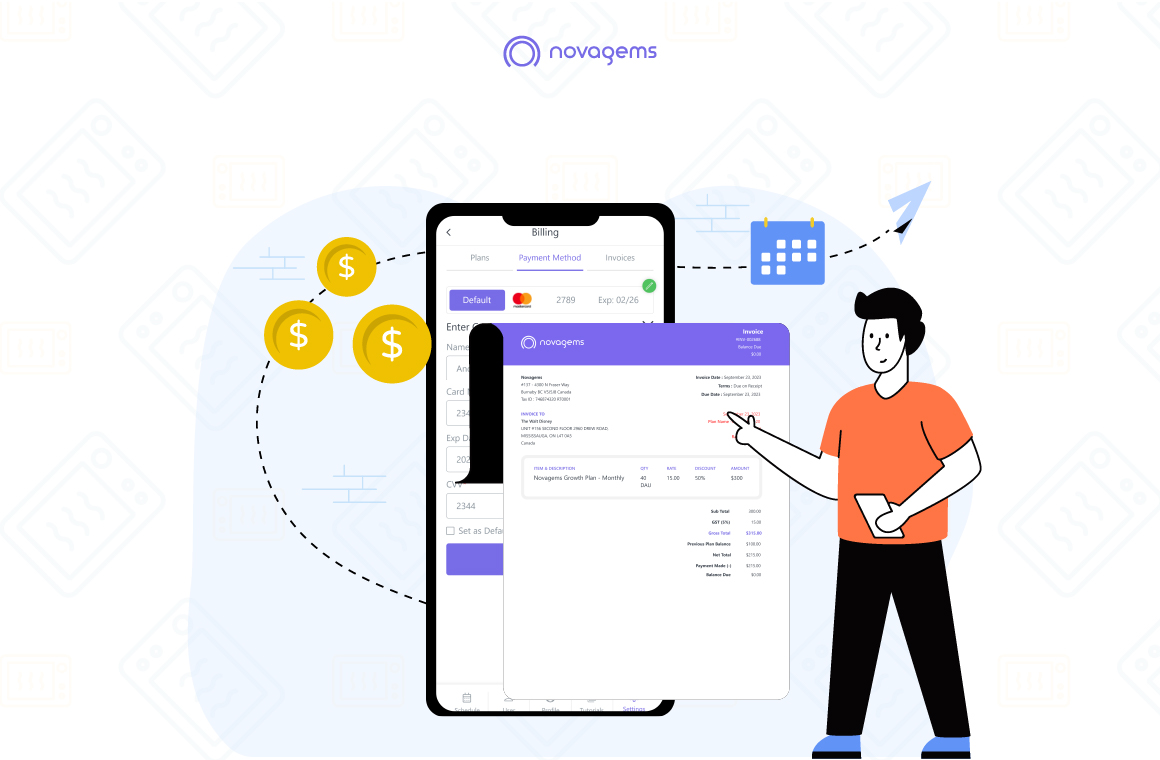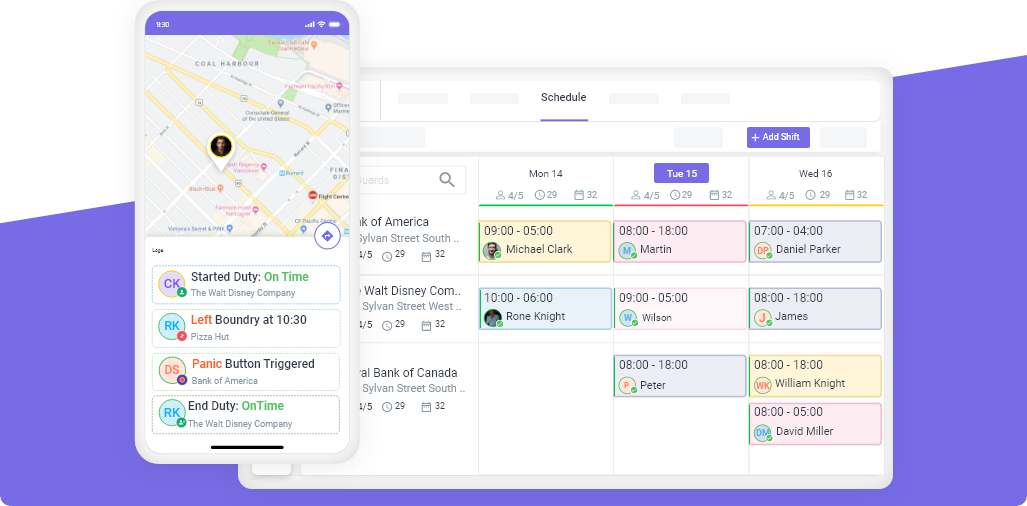Workflow Automation In Healthcare
Mon, Aug 21, 2023
Read in 8 minutes
Workflow automation in healthcare can help improve efficiency, productivity, and patient care. Learn about the benefits of workflow automation in healthcare, how to implement it, and examples of how it is being used today.
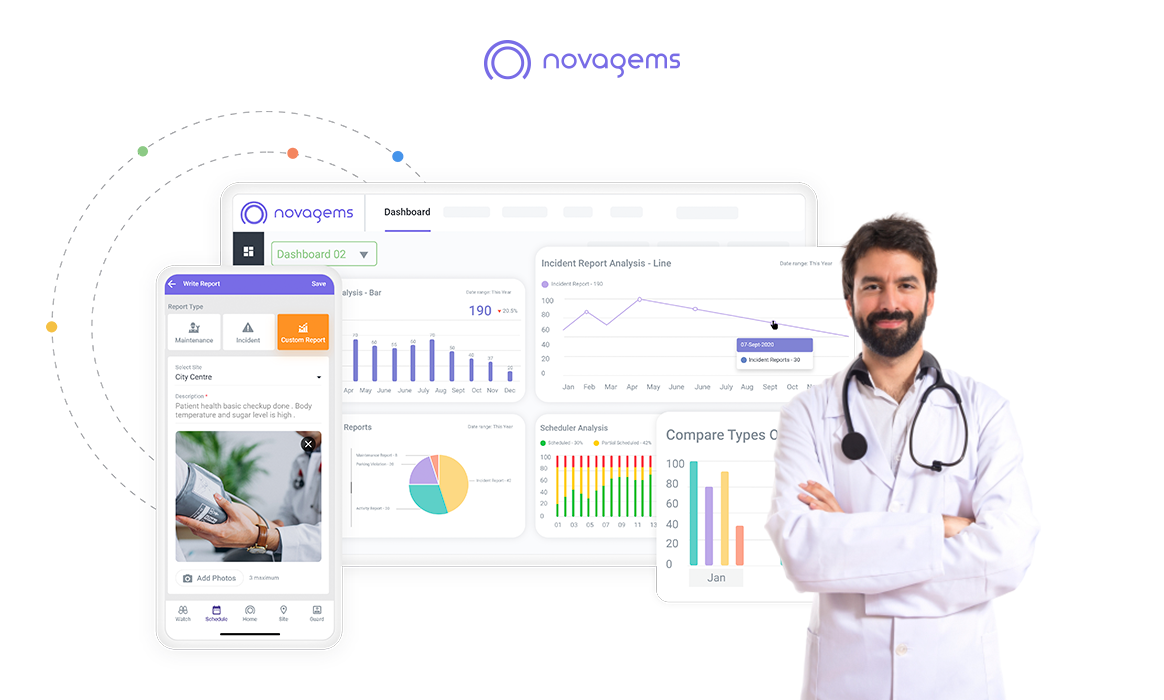
Introduction
In an era defined by technological advancements, industries across the board are embracing automation to enhance efficiency, reduce errors, and elevate overall performance. The healthcare sector, known for its complex processes and critical nature, is no exception. Workflow automation is rapidly transforming the way healthcare providers operate, leading to improved patient care, streamlined operations, and a new horizon of possibilities.
At its core, workflow automation refers to the integration of technology to automate routine tasks and processes within an organization. In healthcare, this translates to the seamless orchestration of tasks ranging from appointment scheduling to diagnostic testing, all with the aim of optimizing patient care. Healthcare automation tools come into play when the organizations are looking to elevate their workings and improve patient care through automation.
Workflow automation is one solution that can help healthcare organizations overcome these challenges and improve efficiency, productivity, and patient care. Healthcare workflow automation is the future that is the need of the hour if the organizations aren’t already using them.
The Benefits Of Workflow Automation In Healthcare
The manual processes and paperwork that were once the norm can no longer keep up with the demands of modern healthcare. This is where workflow automation comes into play, revolutionizing the way healthcare providers operate. Healthcare workflow automation has many benefits that will improve patient care, streamline operations and drive cost savings. Streamlining healthcare processes will decrease the employee turnover rates and employee burnout as well.
1. Enhanced Efficiency
One of the primary advantages of workflow automation in healthcare is the significant boost in efficiency. Automating routine tasks such as appointment scheduling, patient data entry, and billing can save valuable time for healthcare professionals. This allows them to focus on more critical aspects of patient care, resulting in improved overall productivity.
Healthcare process optimization will directly impact your organization’s efficiency, imagine you did your research and have shifted your processes from manual to automated but if the Medical automation solutions that you have equipped do not align with your business goals or running processes then it will not do any good to you.
2. Reduced Errors and Improved Accuracy
Manual data entry and paperwork are prone to human errors, which can have severe consequences in healthcare. Workflow automation minimizes the risk of mistakes by ensuring that information is entered accurately and consistently. This not only enhances patient safety but also reduces costly errors in billing and documentation.
One of the main benefits of workflow automation in healthcare is that the automations tools are decreasing the chances of error by a lot. In a fast paced industry like healthcare, one minute’s delay can cost so much. The employees need to make quick decisions with accurate data. The data is preserved and stored in a centralized place so that anyone can access it.
3. Streamlined Communication
Effective communication is vital in healthcare, and workflow automation systems can facilitate it seamlessly. These systems can send automated notifications, reminders, and updates to both patients and healthcare providers. This ensures that everyone is on the same page and helps prevent missed appointments or critical information.

Healthcare automation systems help you in taking a huge burden off the shoulders of your management with streamlined communication channels. Streamlining healthcare processes means happier employees and increase in productivity. This results in increased job satisfaction and improved patient care as well.
4. Enhanced Patient Experience
Workflow automation can significantly improve the patient experience. Patients can easily schedule appointments online, access their medical records, and receive appointment reminders, all of which contribute to a smoother and more convenient healthcare journey. Additionally, quicker and more accurate diagnosis and treatment can lead to better outcomes, further enhancing patient satisfaction.
Your patients can see how optimized your operations are. Healthcare process optimization does not only mean thinking of your customers or employees, it is thinking about both. If the patients are receiving the best of the treatment then that means you are making an impact that will help you in the long run.
5. Cost Savings
By reducing manual labor and minimizing errors, workflow automation can lead to substantial cost savings for healthcare providers. The streamlined processes result in reduced administrative overhead, fewer billing errors, and more efficient resource allocation. These cost savings can then be reinvested into improving patient care and expanding healthcare services.
6. Real-Time Analytics and Reporting
Workflow automation systems provide real-time insights into healthcare operations. This data can be used to monitor and optimize processes, allocate resources more effectively, and identify areas for improvement. Having access to these analytics allows healthcare providers to make data-driven decisions that can enhance patient care and streamline operations further.
7. Scalability and Adaptability
The healthcare industry is continually evolving, and healthcare providers need to adapt to changing circumstances and patient needs. Workflow automation systems are scalable and adaptable, making it easier for healthcare organizations to incorporate new processes, technologies, and services as they grow and evolve.
Medical automation solutions that you have decided to use in your operations must be scalable and easily adaptable. Healthcare providers cannot spend long hours handling the tasks that can be easily handled with automation tools.
How To Implement Workflow Automation In Healthcare

Implementing workflow automation in healthcare is a strategic process that involves careful planning, technology selection, and organizational change management. Here’s a step-by-step guide on how to implement workflow automation in healthcare effectively:
1. Define Your Objectives and Goals:
- Start by identifying the specific areas or processes within your healthcare organization that could benefit from automation. This could include appointment scheduling, patient registration, billing, medical records management, and more.
- Set clear objectives and goals for each process you intend to automate. Determine what you want to achieve, such as reducing errors, improving efficiency, or enhancing patient experience.
2. Assess Current Processes:
- Conduct a thorough assessment of your existing processes to understand how they currently work. Document each step and identify pain points, and areas where healthcare automation systems can make the most significant impact.
- Analyze the data and metrics associated with these processes to establish a baseline for measuring improvements.
3. Select the Right Workflow Automation Solution:
- Research and evaluate workflow automation software and tools that are tailored to the healthcare industry. Consider factors such as scalability, integration capabilities, compliance with regulations (e.g., HIPAA), and ease of use.
- Choose a Medical automation solution that aligns with your organization’s needs, budget, and long-term goals.
4. Design Workflow Automation Workflows:
- Work closely with your chosen software provider to design workflows that automate the identified processes. Customize the automation to meet the unique requirements and workflows of your healthcare organization.
- Ensure that the automated processes integrate seamlessly with your existing electronic health record (EHR) or electronic medical record (EMR) systems so that healthcare automation tools do not harm the ongoing processes.
5. Train Your Staff:
- Provide comprehensive training to your staff on how to use the workflow automation system. Ensure that they understand the new processes, their roles within them, and how to troubleshoot common issues.
- Encourage staff to provide feedback on the automation system to make necessary adjustments and improvements. Healthcare efficiency through automation can only be achieved if the staff is providing the right and honest feedback.
6. Pilot Testing:
- Before rolling out workflow automation across your entire organization, conduct pilot tests in a controlled environment. This allows you to identify any issues, refine the processes, and ensure that the system functions as intended.
- Gather feedback from pilot users and make necessary adjustments.
7. Implement and Monitor:
- Once the pilot testing phase is successful, begin implementing workflow automation gradually throughout your healthcare organization. Start with one or a few processes and expand over time.
- Continuously monitor healthcare efficiency through automation and gather performance data. Use key performance indicators (KPIs) to assess the impact on efficiency, accuracy, and cost savings.
Challenges Of Workflow Automation In Healthcare
Data Security Concerns:
Healthcare data breaches can have severe consequences for patients and organizations. The transition to automation requires robust cybersecurity measures to protect sensitive patient information from cyberattacks and unauthorized access. Healthcare efficiency through automation can surely be achieved but since its technology, there is always the risk of data leaking.
Initial Implementation Costs:
The upfront costs of implementing workflow automation, including software and hardware purchases, customization, and staff training, can be substantial. Healthcare organizations must carefully budget for these expenses. Medical automation solutions come with a cost which many organizations may not be able to handle. The organizations need to manage the finances and the budget before they think about using an automation tool.
Resistance to Change:
Healthcare professionals, including doctors, nurses, and administrative staff, may resist changes to established workflows. They might be hesitant to embrace automation due to concerns about job security or a lack of understanding of how automation can benefit their work. Healthcare automation systems can be complex to understand and time consuming as well. With all of the responsibilities already piled up on the shoulders of healthcare providers they might be hesitant in learning something new.
The Future Of Workflow Automation In Healthcare
The future of workflow automation in healthcare holds immense promise and is poised to reshape the industry in numerous ways. As technology continues to advance, healthcare organizations will increasingly leverage automation to improve patient care, streamline operations, and enhance overall efficiency.
It’s essential to navigate the challenges and ethical considerations that may arise along the way to ensure that automation truly benefits both patients and healthcare providers.
Get a Free Trial
Sign up For Newsletter
Latest Blog Posts
Get Started
Start being productive & grow your business
with Novagems

